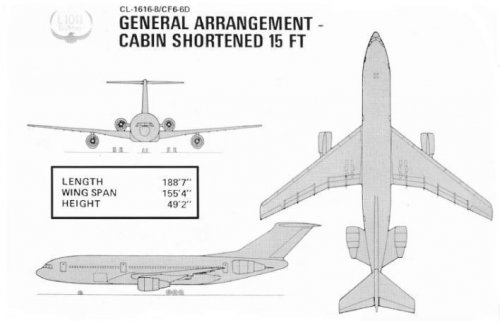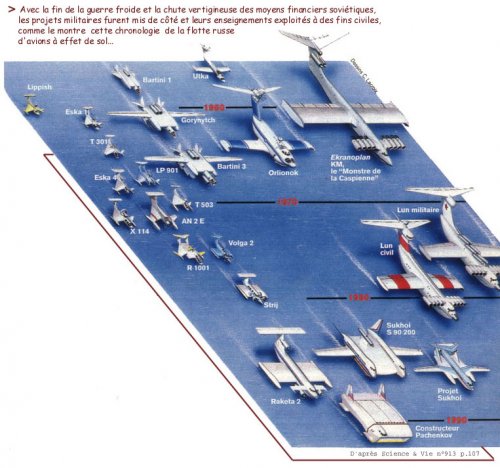chornedsnorkack
ACCESS: Confidential
- Joined
- 1 October 2008
- Messages
- 59
- Reaction score
- 2
From
http://books.google.com/books?id=-AAAAAAAMBAJ&pg=PA50&dq=l1011#PPA51,M1
page 51
there are accounts of Douglas and Lockheed plans:
The Douglas "stretch" was DC-10-30 and DC-10-40. But what was the entirely new Lockheed plane?
http://books.google.com/books?id=-AAAAAAAMBAJ&pg=PA50&dq=l1011#PPA51,M1
page 51
there are accounts of Douglas and Lockheed plans:
Douglas also has plans for three "stretch" versions of DC-10, which use bigger engines to be built by Pratt and Whitney as well as by GE. These are longer-range and convertible freight versions. Lockheed also has designs for an intercontinental version, which would be an entirely new, bigger plane for up to 400 passengers, rather than just a "stretch."
The Douglas "stretch" was DC-10-30 and DC-10-40. But what was the entirely new Lockheed plane?


